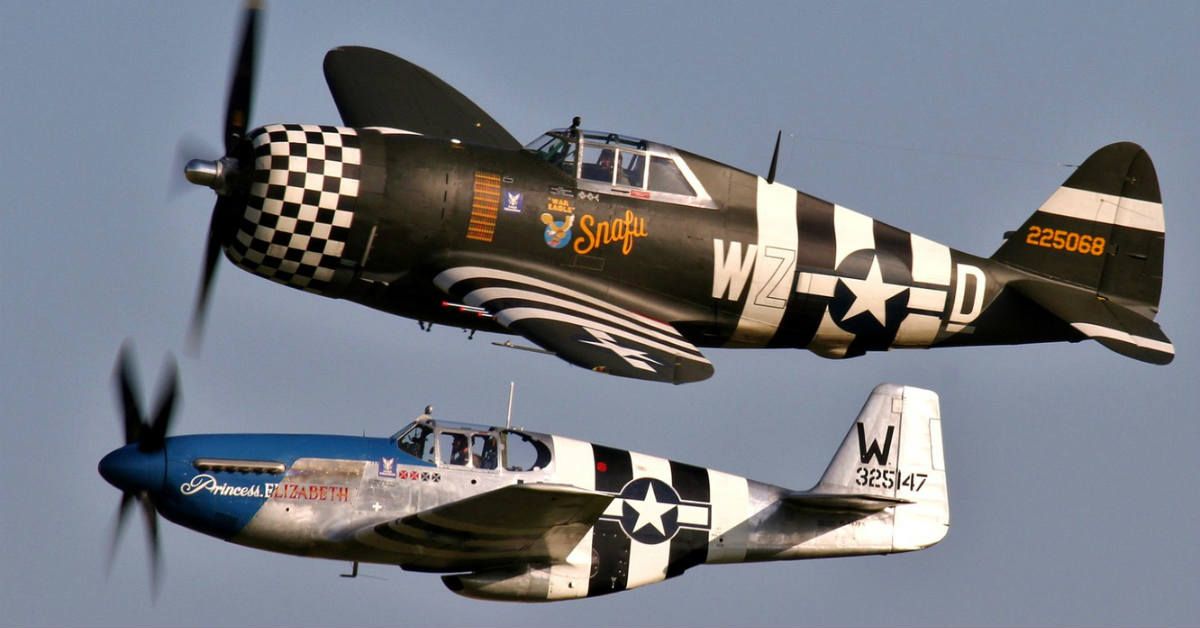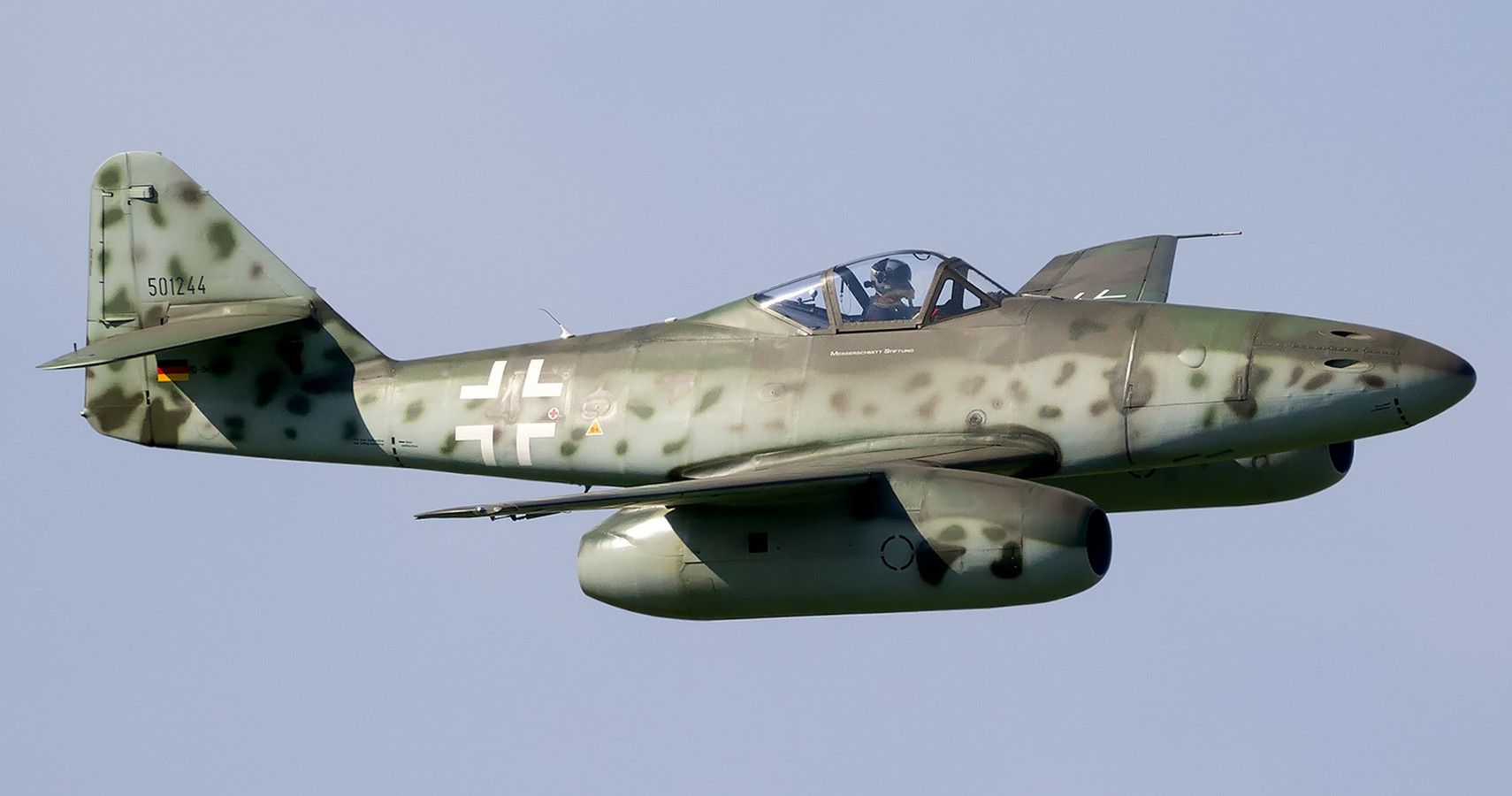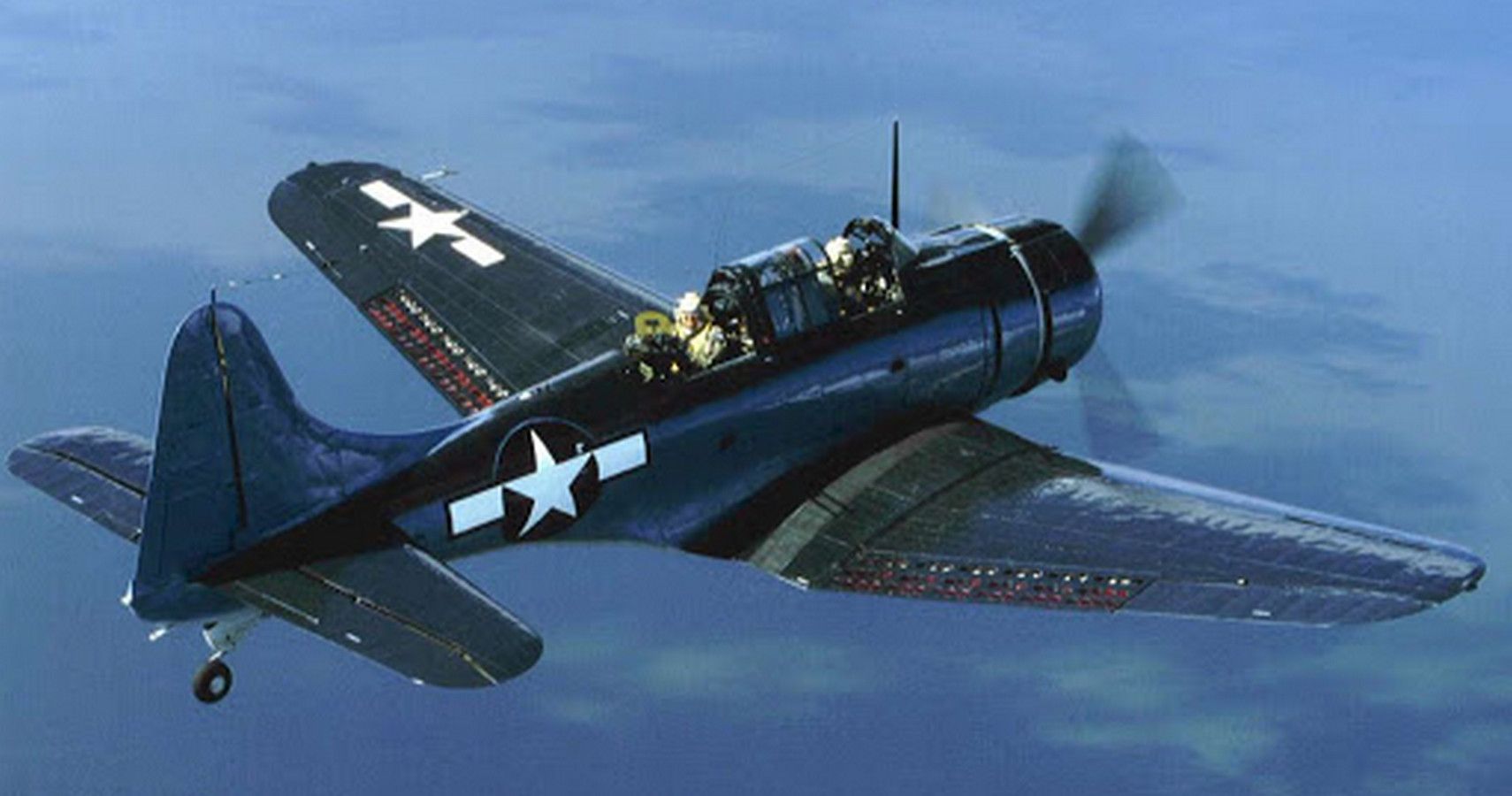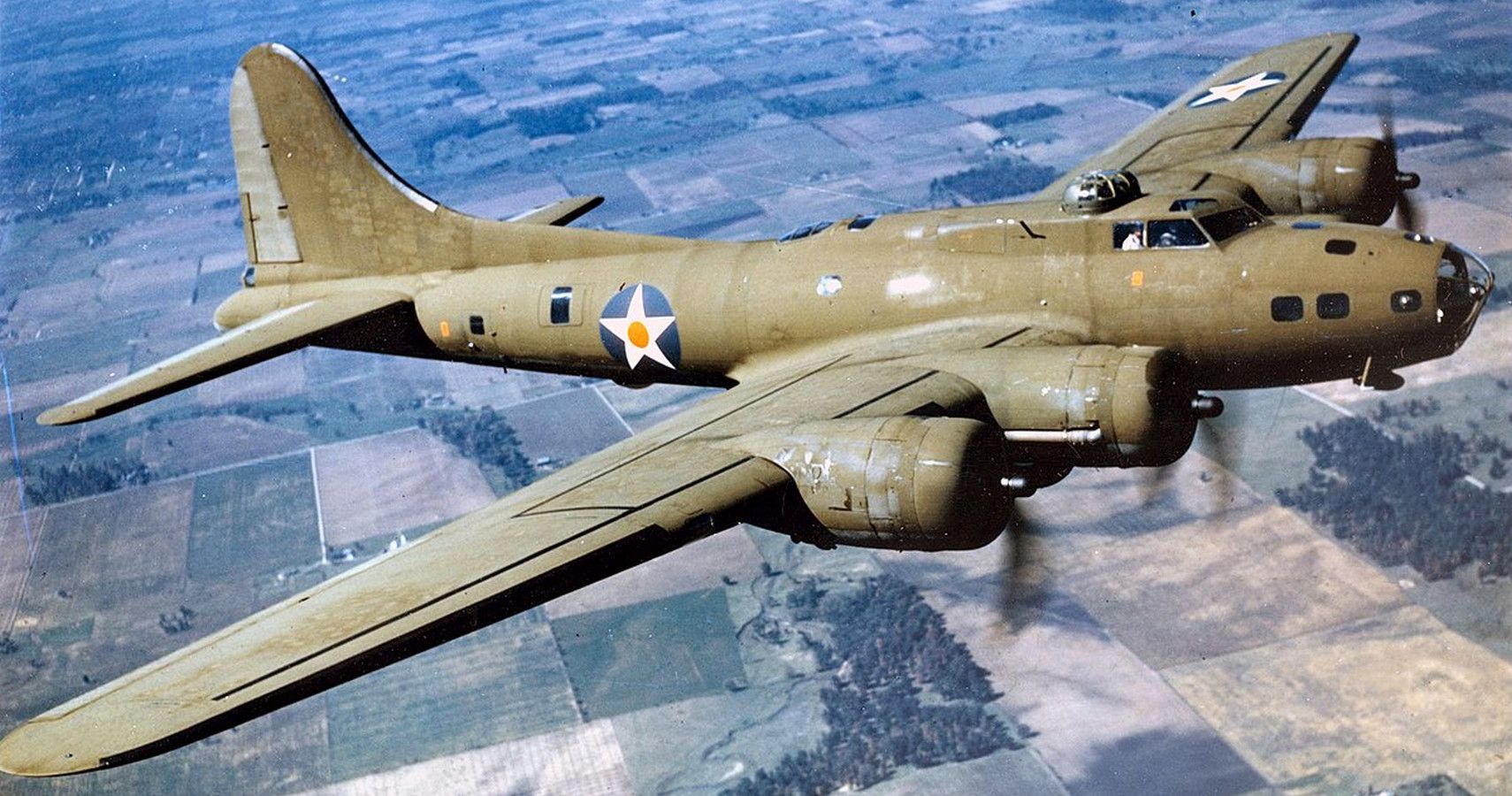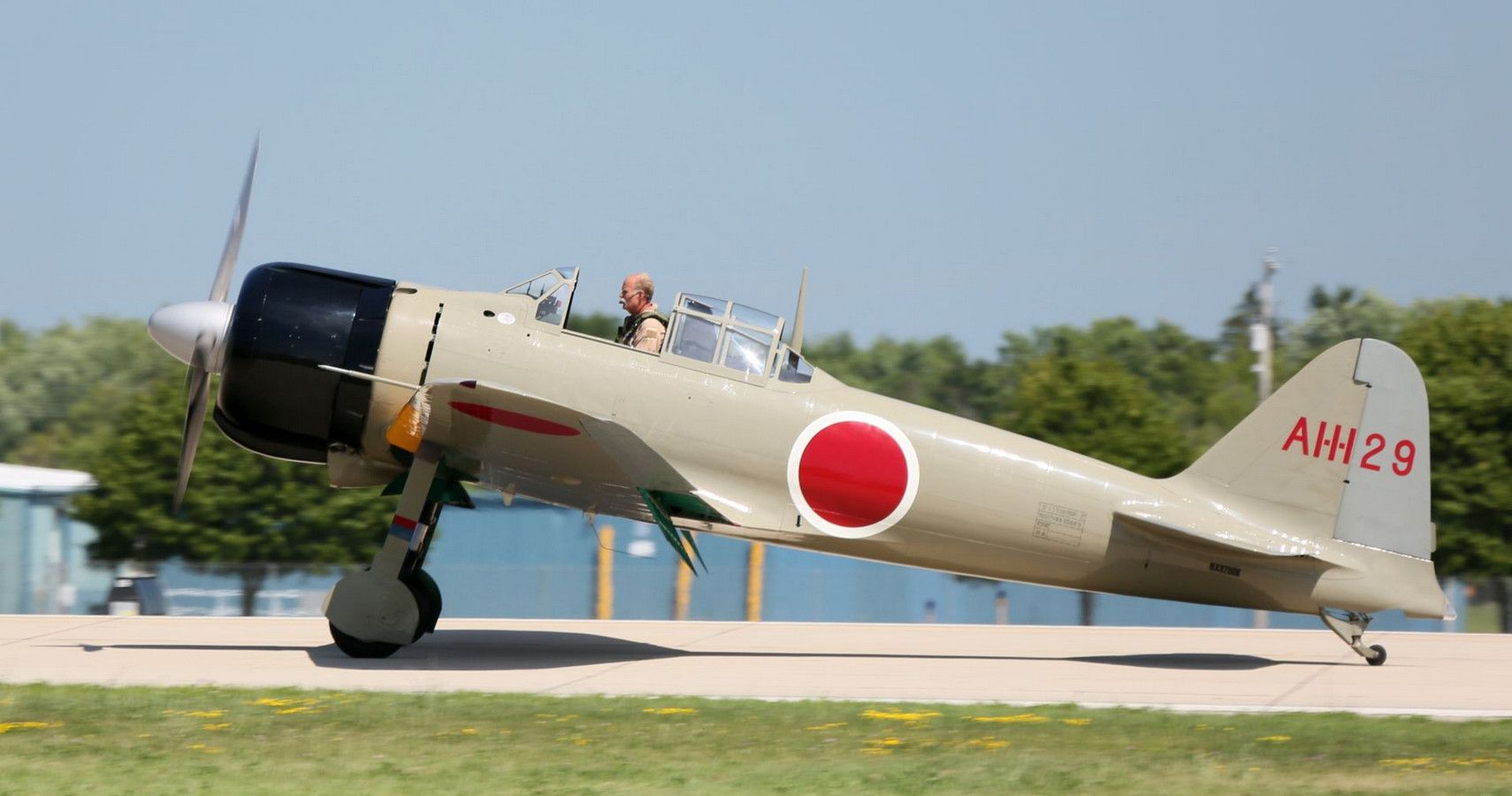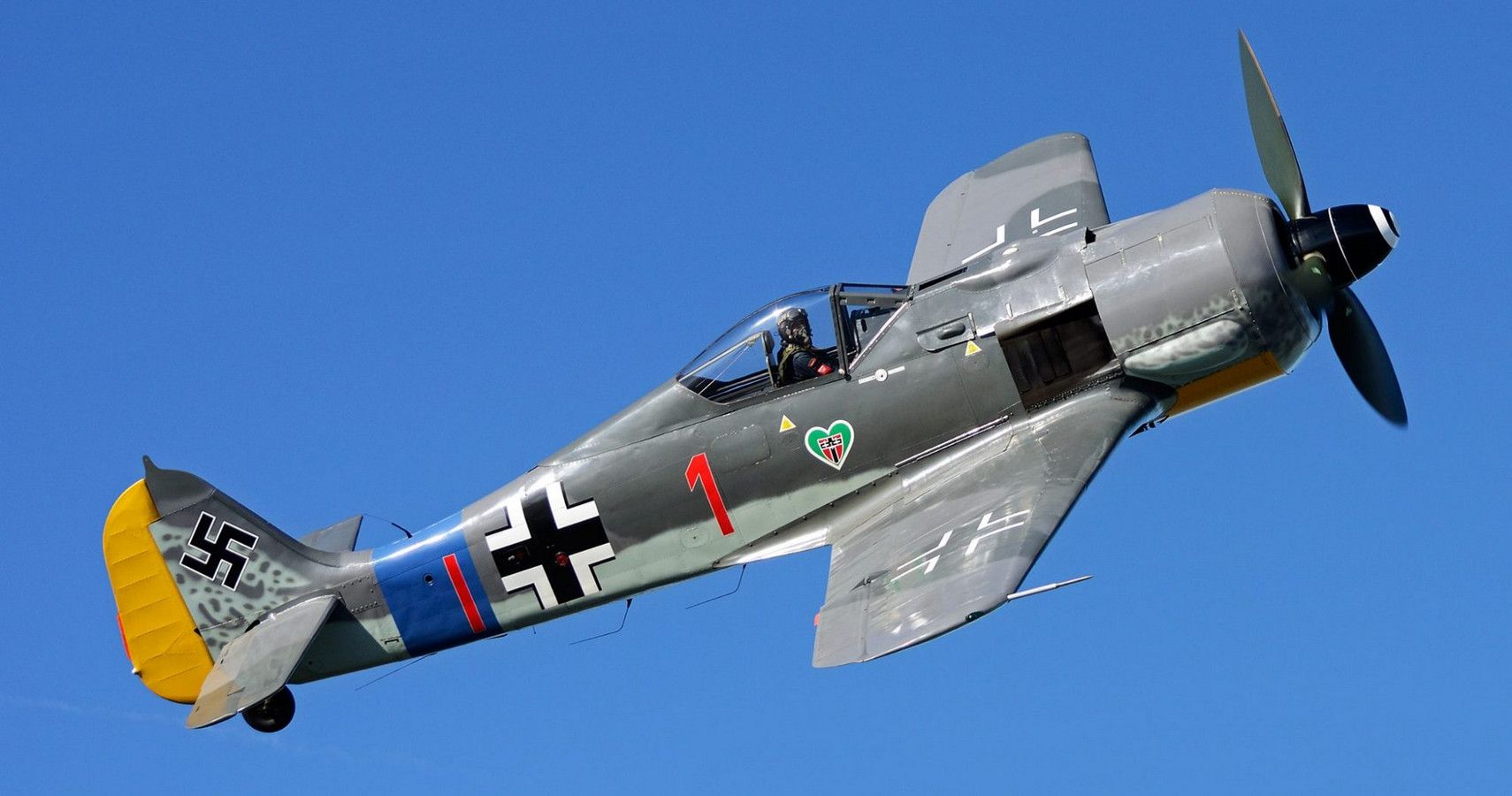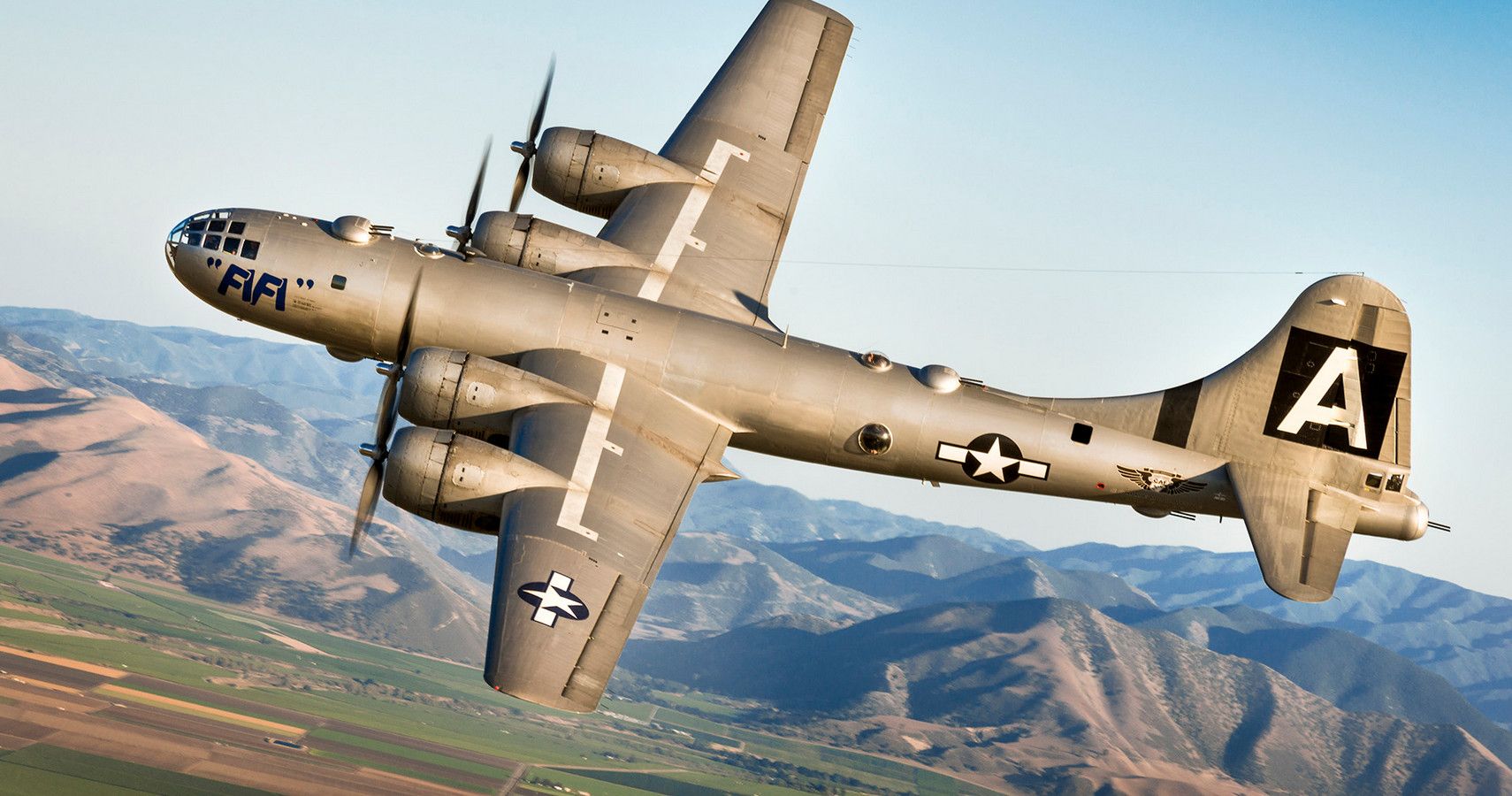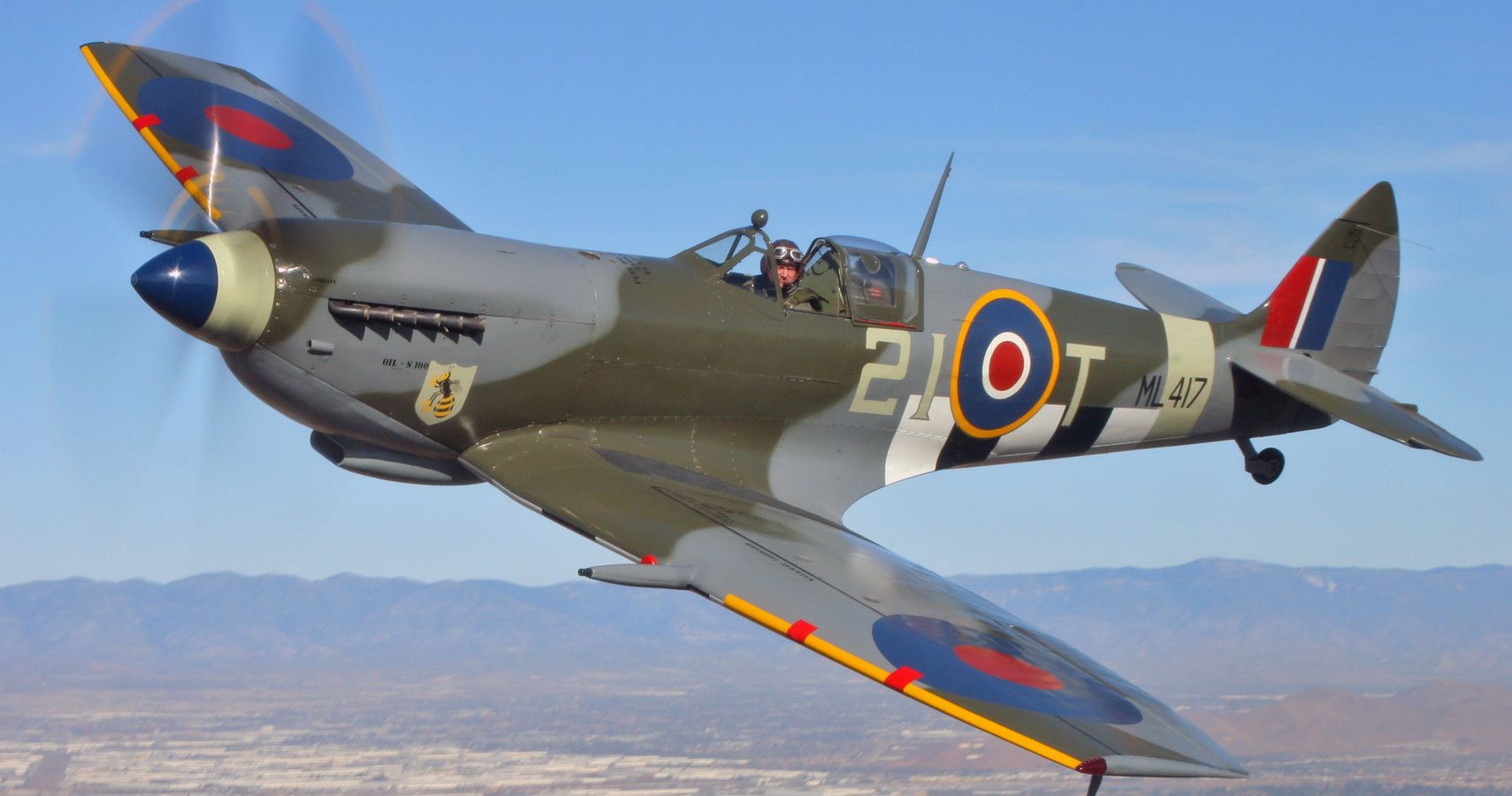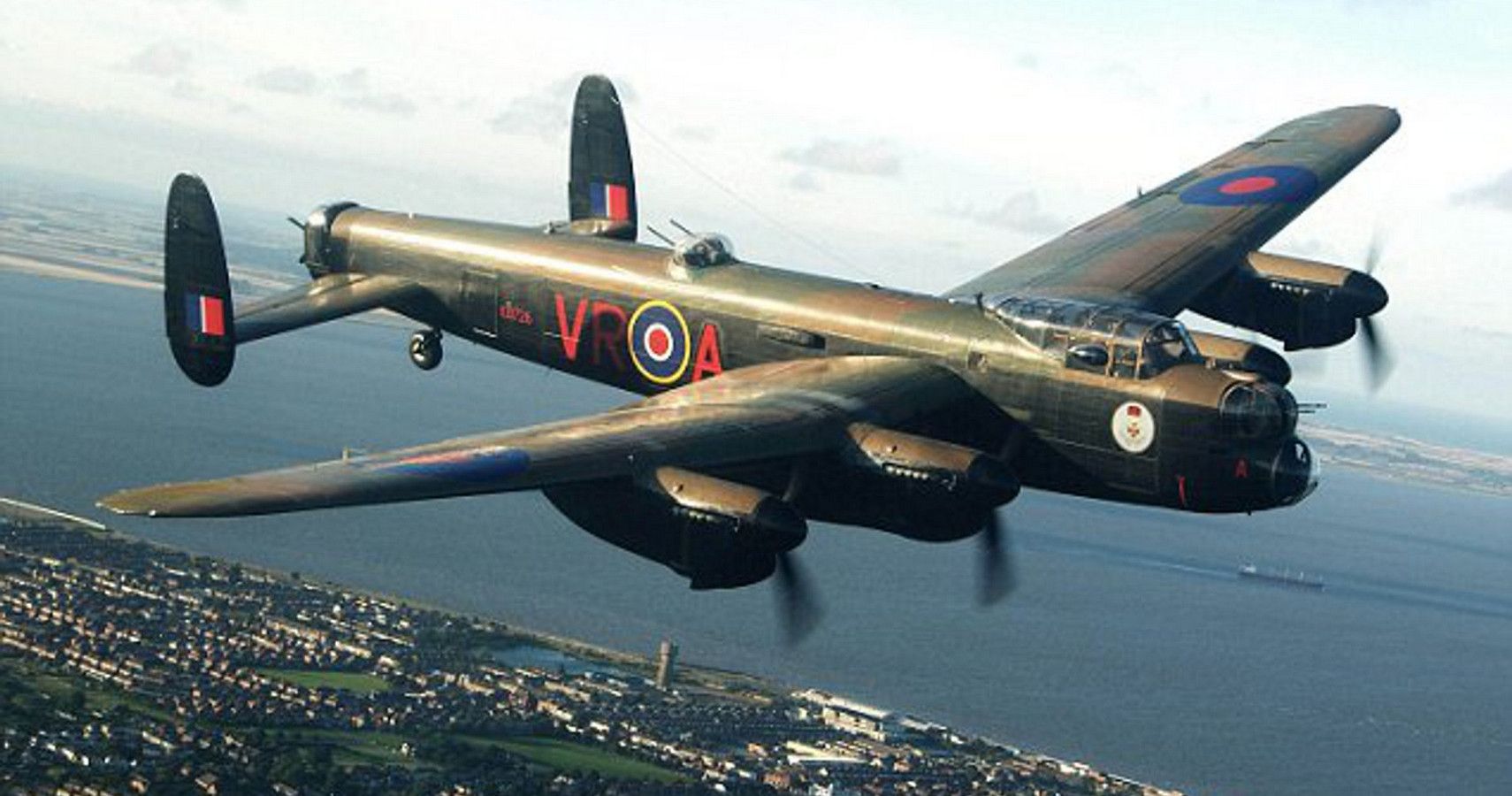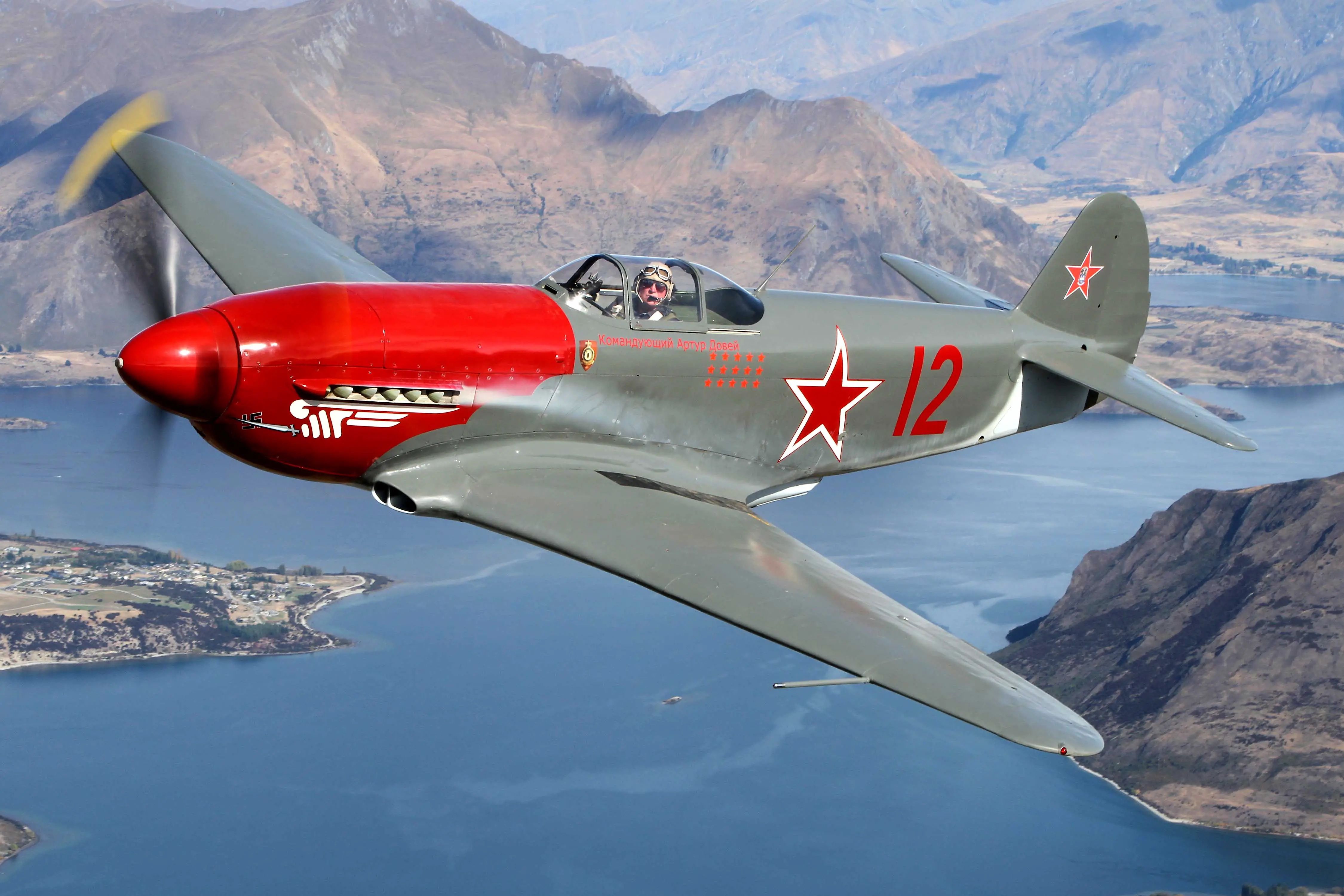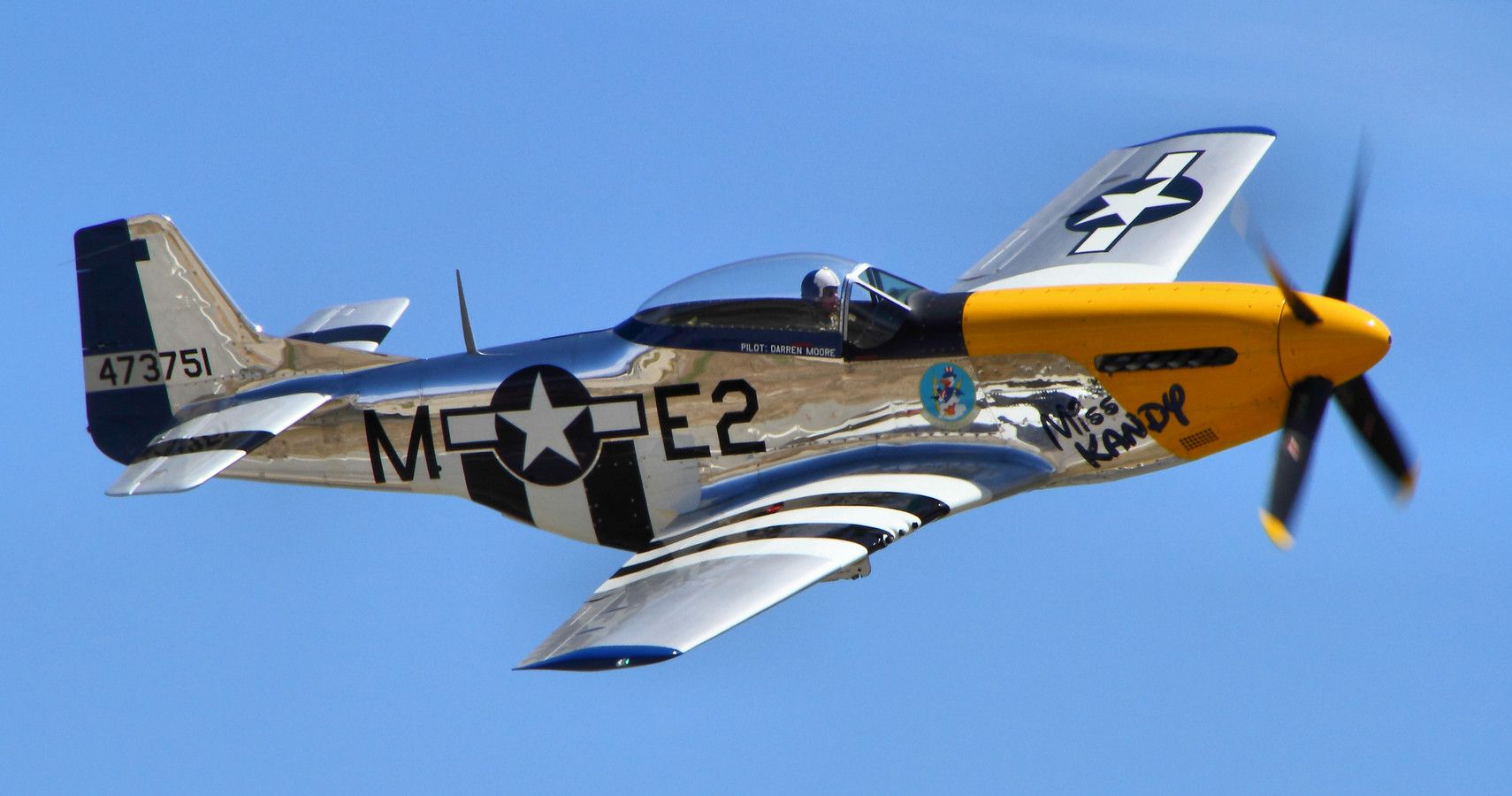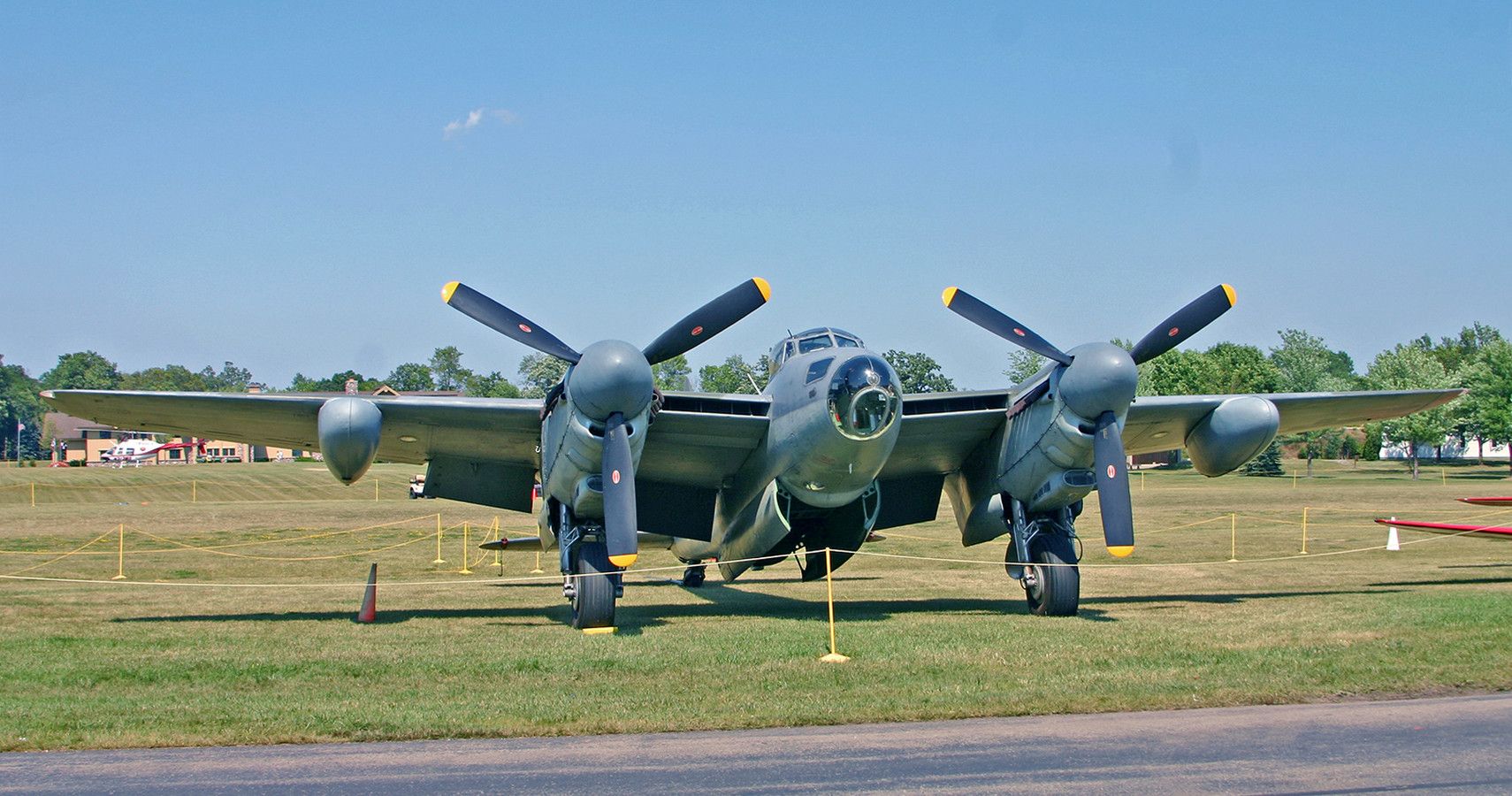Some of the most iconic aircraft the world has ever seen arrived as a direct result of development driven by war and conflicts. Without these conflicts, we wouldn't see the jet fighter take to the skies, which in turn would most likely have slowed down the development of passenger jet aircraft in the decades following World War 2.
Updated April 2023: If you have an interest in military hardware, especially the World War 2 machinery, you'll be happy to know we've updated the content of this list with better and more accurate information regarding the best WW2 fighter planes.
As the old bi-plane design aircraft gave way to low mono-wing designs, fighter plane speeds increased with improved aerodynamics and more efficient wing designs. Not only were they highly efficient at the purpose of their design, but some war aircraft, such as the Mustang, Spitfire, and Mosquito, were also beautiful to look at, despite their terrible intended purposes.
Ranking these iconic aircraft certainly isn't easy, as they are all the best in one area or another. Undaunted by the challenge, we've listed the 10 best WW2 fighter planes below. Read on to see which fighters make the list.
11 Messerschmitt Me 262 - First Operational Jet Fighter
The Messerschmitt Me 262 featured a truly groundbreaking design. In fact, if this plane had arrived earlier, it could've changed the outcome of WWII, luckily the Me 262 arrived too late to the party to counter the superior Allied air force numbers. The Me 262 gets credited as the first operational jet fighter, and it brought with it the benefits of both higher performance and heavier armament than Allied fighters.
The plane gets powered by two Junker Jumo 004B turbofan engines, giving the plane a top speed of a very impressive 560 mph. It had such an advantage in the skies, the best strategy Allied pilots' best strategy was to destroy the Me 262 while they were still on the ground.
10 Douglas SBD Dauntless - Best Allied Dive Bomber
The attack on Pearl Harbor would forever change the balance of Naval power from the Battleship to the Aircraft Carrier. The SBD (Scout-bomber Douglas) Dauntless played a vital role at the Battle of Midway. It formed the basis of the US Navy's carrier-based strike capability and proved instrumental in the destruction of the Japanese navy carriers.
Capable of accurately delivering bombs with an operational range in excess of 850+ miles easily made the SBD the most effective dive bomber of WW2.
9 Boeing B-17 Flying Fortress - Best Strategic Bomber
The B-17 was first flown as a prototype in 1935, entering production in 1937. The early B-17 aircraft were quite vulnerable to enemy fighters, however, these problems were later addressed by giving the B17-E spec aircraft additional turrets in both the top and bottom fuselage and also the tail.
Each turret got equipped with 0.50 cal machine guns, vastly improving the B-17's defensive capabilities. The "Flying Fortress" now lived up to its nickname and became a difficult target for enemy fighters. While the B-17 couldn't carry the same bomb load as the British Lancaster, it had much more accurate bomb aiming sights, making it ideal for strategic bombing.
8 Mitsubishi A6M Zero - Best Carrier-Based Fighter
The A6M Zero formed the backbone of the IJN carrier-based fighter capability. The plane is widely regarded as the most capable WW2 carrier-based fighter. During the early stages of the war, the A6M easily outperformed allied aircraft, both outmaneuvering and outgunning the US fighters of the time.
The unique one-piece construction of the wings and fuselage combined with a lighter airframe contributed to the A6M's successful kill ratio. Eventually, Allied aircraft and strategy would quickly make the A6M Zero obsolete. Many of them would end up as kamikaze planes in the final days of the war.
7 Focke-Wulf FW-190 - Best Fighter
The Focke-Wulf FW-190 arrived in operational service in 1941, after a re-design to accommodate a larger and more powerful BMW engine that provided the plane with a top speed of 410mph. More than just fast, the FW-190 carries a formidable and intimidating armament. It had nose-mounted machine guns, 0.8-inch cannons in the wing roots, plus a further two cannons mounted mid-wing.
It was the inclusion of these cannons that made the FW-190 such a devastating aerial combat aircraft and a danger in particular to allied bomber formations. A year would pass from its introduction until the allies managed to regain the upper hand.
6 Boeing B29 Superfortress - Best Long-Range Bomber
The B29 Superfortress was to replace the B-17 Flying Fortress and would enter service in mid-1944 in the Pacific theatre, deployed against targets in mainland Japan. For the first time in a bomber aircraft, the crew enjoyed a pressurized fuselage, with the front and rear of the aircraft connected by a pressurized tunnel.
The Superfortress operates at high altitudes and covered long ranges, which provided it with better protection from enemy fighters. However, the Wright Cyclone engines had a very visible side effect in the form of the tell-tale contrails left in the aircraft's wake, which enemy fighter pilots would use to their advantage to hunt B29s.
5 Supermarine Spitfire - Best British Fighter
The Supermarine Spitfire was a technically advanced fighter that's commonly misquoted as the aircraft that won the Battle of Britain, but the Hawker Hurricane was available in far greater numbers. Developed by R.J Mitchell from the Schneider trophy-winning Supermarine S6B, the Spitfire featured a stressed steel monocoque construction and the now-famous elliptical wing design. The plane uses a Rolls-Royce V12 Merlin engine, which provided it with a top speed of 367mph, however, the lack of fuel injection caused fuel starvation when performing steep dive maneuvers. Later models of the plane were however fitted with the RAE restrictor to prevent such occurrences.
4 Avro Lancaster - Best Heavy Bomber
The Lancaster is one of the most famous WW2 aircraft due to the now-famous "Dambusters" raid., which saw the plane become the mainstay of Bomber Command. It could carry the heaviest bomb load of any WW2 aircraft, and it is most famously associated with the bouncing bombs used in the Dambuster raids, and the 22,000 lbs grand slam weapons.
During WW2, the manufacturer constructed a whopping total of 7,377 units of the Lancaster. Today, there are just 17 examples left, and only two of those are airworthy.
3 Yakovlev Yak-3 - Best Soviet Fighter
The German Luftwaffe got some of their rudest shocks when they encountered the Soviet’s Yakovlev Yak-3 in battle during the WWII. Seeing the awesomeness of the Luftwaffe fighters at the Battle of Stalin, the Soviets knew they stood no chance of mounting a significant fightback through the Yak-1, a fighter aircraft with composite structure and wooden wings. In need of an aircraft with a better firepower and faster speed among others attributes, the Soviets built on the gains of the Yak-1, and this led to the production of Yak-3 in 1943.
Designed by a team headed by Soviet aeronautical engineer Alexander Sergeyevich Yakovlev, the Yak-3 is a single-seat monoplane fighter aircraft with an incredible kill-to-loss ratio over enemy fighters that include the Luftwaffe fighters. Adored by both veteran and newbie pilots, the Yak-3 is a potent dogfighter with relatively low weight, high power, and fast speed. With about 4,848 built, only 210 Yak-3s were ever lost in battle.
2 North American P51 Mustang - Best Allied Fighter
NAA designed and built the P51 Mustang as a long-range fighter to escort the allied air forces in Europe and protect vulnerable bomber formations. Its Allison V-1710 engine was lacking high-altitude performance and was soon replaced by the more powerful Rolls-Royce Merlin unit.
In P51B spec, the plane was capable of reaching speeds in excess of 430 mph, meaning the Mustang was easily capable of escorting bombers to their destination and back to base while fighting off enemy fighters.
1 De Havilland Mosquito - Ultimate Multi-Role Aircraft
The best WW2 fighter plane on our list, the Mosquito was actually conceived as a light-weight unarmed bomber with a fuselage built entirely of wood, and it very nearly didn't exist at all. The Ministry of Defense didn't believe the concept aircraft would be of any use for the RAF, that was until a self-funded prototype demonstrated the Mosquitos' performance.
The miraculous Mosquito entered operational service in 1941, and it was one of the fastest operational aircraft in the world, reaching speeds of more than 400mph. This aircraft was so versatile that it would eventually get deployed as light bombers, fighter-bombers, night fighters, pathfinders, reconnaissance platforms, and even used in anti-submarine roles.

